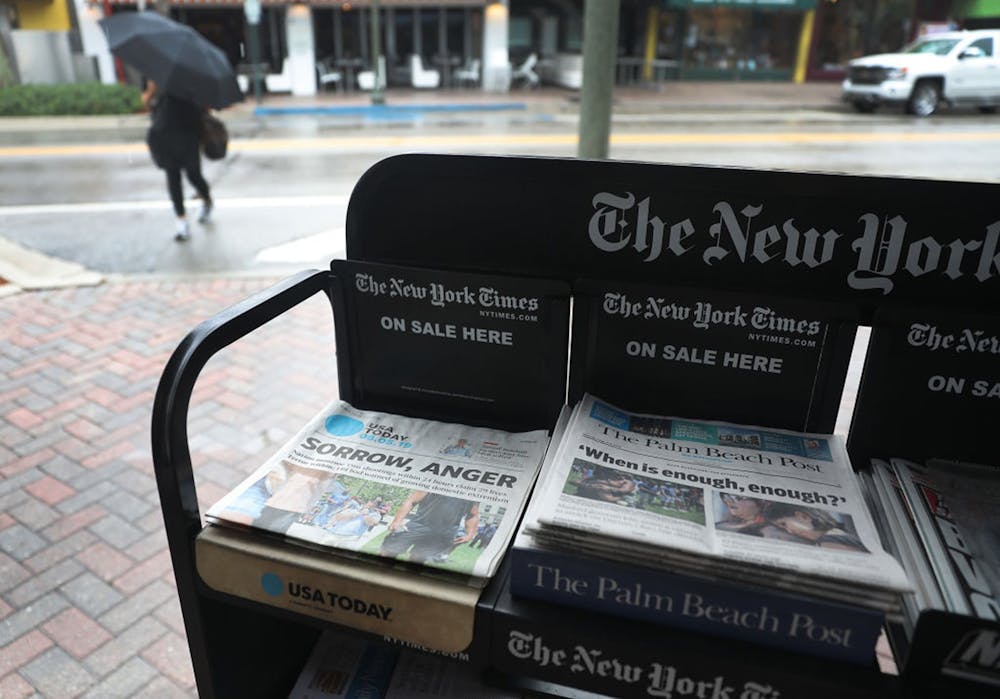As sensational headlines continue to dominate media over genuine news, the age of yellow journalism is back, and it could be dangerous.
Online blogs and news publishers are gaining a wider audience through outrageous headlines that draw traffic onto their websites and away from trusted, subscription-based news corporations, such as The New York Times and The Wall Street Journal.
Those who are drawn to the fantasized headlines might not read the entire article, which leads to the public believing wild accusations that might not have any substance or facts supporting them.
Yellow journalism, which emerged in the 1890s, surrounded two major newspapers in New York at the time. The New York Journal, owned by William Randolph Hearst, and the New York World, owned by Joseph Pulitzer, competed against each other by publishing headlines that grew more brazen by the day. The rivalry between the two papers resulted in the furnishing of pictures and exaggeration of stories to create more sensational content and draw more attention from consumers.
In today’s society, we would refer to what came from yellow journalism as “fake news,” a concept that has become commonplace but avoidable if you do your homework. However, for those who see a flashy headline and are not responsible in their due diligence, it can create a sort of conspiracy theory that grows as it is passed from word of mouth or third-party news sources.
Due to the unlimited resources online, it has turned into a competition on every block in every city in the world yelling over one another, vying for the most eye-popping story, verified or not. The goal turns into creating the most eye-popping headline, which can lead to spreading misinformation.
Andy Burns, a professor at USC's School of Journalism, said he thought yellow journalism had already returned.
“Anybody can put up a blog and make money if they have enough clicks," Burns said. "You get paid by the click, and you don't get paid very much by the click, so you better get a lot of clicks. How you going to get a lot of clicks? You say something wild and crazy.”
The Spanish-American war erupted due to Hearst’s greed for selling papers. He claimed the USS Maine was destroyed by the Spanish deliberately and delivered the infamous quote, “You furnish the pictures, and I’ll furnish the war.” Similar consequences could still be paid if journalists continue to favor shock-value over verified information.
“Pizzagate” is a modern example of how fake news can lead to misinformed action.
Alex Jones, the host of InfoWars reported that Hillary Clinton was “sexually abusing children in satanic rituals” in the basement of Comet Ping Pong, a pizza parlor in Washington, D.C. A viewer of InfoWars, Edgar Maddison Welch, took it upon himself to enter the pizza parlor with an AR-15 semiautomatic rifle with the intention of setting the imprisoned children free.
While no one got hurt in the “Pizzagate” events, the return to yellow journalism could yield dangerous repercussions. If the public continues to take headlines at face value, exaggeration in the news can prompt those who don’t verify their content to take action in a way that is detrimental to the well-being of the public.

